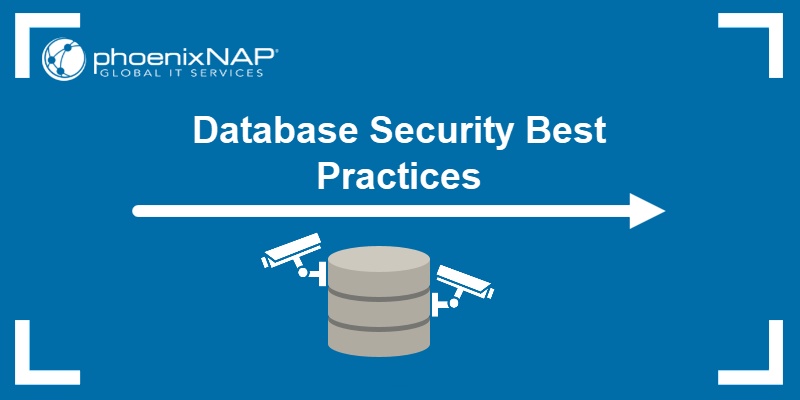Introduction
In today's interconnected world, where data plays a pivotal role in businesses and organizations, ensuring the security of databases has become a critical concern. With the increasing sophistication of cyber threats, adopting a strategic approach to database security is essential. This blog post explores the importance of database security, key vulnerabilities to be aware of, and strategic measures organizations can take to protect their valuable data.
The Importance of Database Security
Databases are the backbone of modern applications, storing and managing vast amounts of sensitive information. From customer data to intellectual property, databases hold valuable assets that are attractive targets for hackers. The consequences of a security breach can be severe, leading to financial loss, reputational damage, and regulatory non-compliance. Therefore, prioritizing database security is crucial for organizations to maintain trust, protect their competitive advantage, and meet legal obligations.
Common Vulnerabilities
Understanding the vulnerabilities that databases face is the first step toward implementing effective security measures. Some of the most common vulnerabilities include:
a. Weak Authentication and Authorization: Inadequate password policies, improper user privileges, and weak access controls can lead to unauthorized access and data breaches.
b. SQL Injection Attacks: These attacks exploit vulnerabilities in input validation, allowing attackers to inject malicious SQL commands and gain unauthorized access to the database.
c. Insider Threats: Insiders with privileged access can pose a significant risk. Accidental data leaks or intentional misuse by disgruntled employees can compromise the security of the entire database.
d. Insecure Configuration: Misconfigurations such as default settings, unnecessary open ports, or unpatched systems can create entry points for attackers.
e. Lack of Encryption: Storing sensitive data in plaintext exposes it to theft or unauthorized viewing. Encrypting data at rest and in transit is essential for maintaining confidentiality.
Strategic Measures for Database Security
To strengthen database security, organizations should adopt a strategic approach that encompasses the following measures:
a. Robust Access Controls: Implement strong authentication mechanisms, enforce least privilege principles, and regularly review user privileges to ensure access is granted only to authorized individuals.
b. Regular Patching and Updates: Stay up to date with the latest security patches and updates for database management systems (DBMS) and associated software. Promptly apply patches to address known vulnerabilities and protect against emerging threats.
c. Database Activity Monitoring: Deploy monitoring tools to track and analyze user activities within the database. This helps detect anomalous behavior and potential security breaches in real-time.
d. Encryption: Utilize encryption techniques to protect sensitive data at rest and in transit. Encrypting data provides an additional layer of defense, even if the database is compromised.
e. Database Auditing and Logging: Enable comprehensive auditing and logging capabilities to record all database activities. This helps in investigating security incidents, identifying patterns, and detecting any unauthorized access attempts.
f. Regular Security Assessments: Conduct regular security assessments, including vulnerability scans and penetration testing, to identify and address potential weaknesses proactively.
g. Employee Education and Awareness: Train employees on best practices for database security, emphasizing the importance of strong passwords, recognizing phishing attempts, and following security protocols. Regularly update training programs to keep employees informed about the latest threats and countermeasures.
h. Disaster Recovery and Backup Strategies: Develop robust backup and disaster recovery plans to ensure business continuity in the event of a security breach or system failure. Regularly test these plans to verify their effectiveness.
Conclusion
Database security should be a top priority for organizations to safeguard their valuable data and protect against potential threats. By adopting a strategic approach that encompasses access controls, encryption, monitoring, and regular assessments, organizations can fortify their databases against malicious activities. Continuous employee education and awareness, along with robust backup strategies, further enhance the overall security posture. With a comprehensive database security framework in place, organizations can minimize risks, maintain customer trust, and focus on leveraging data for growth and innovation in a secure environment.


No comments yet